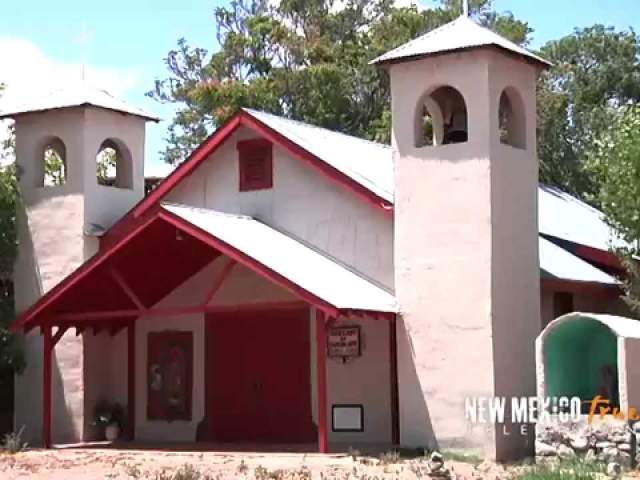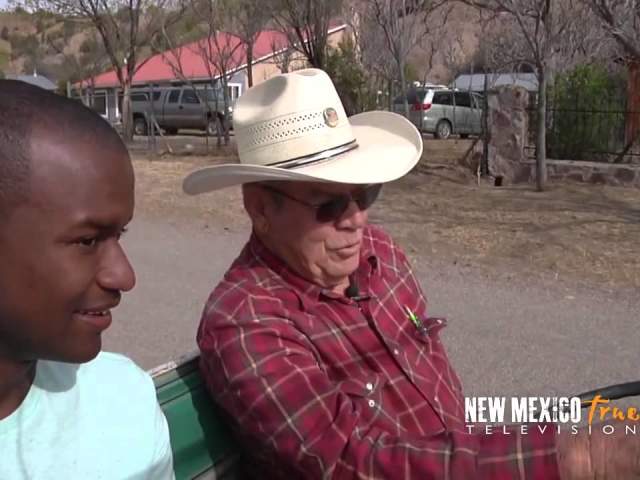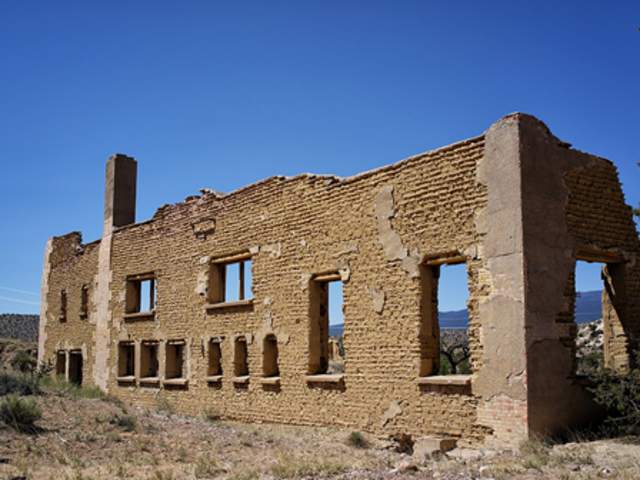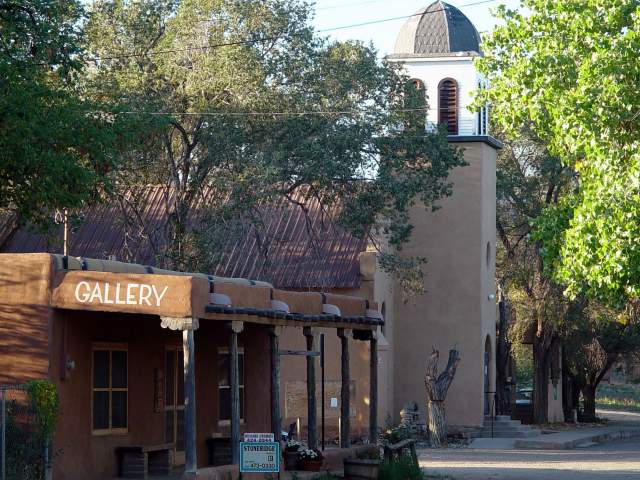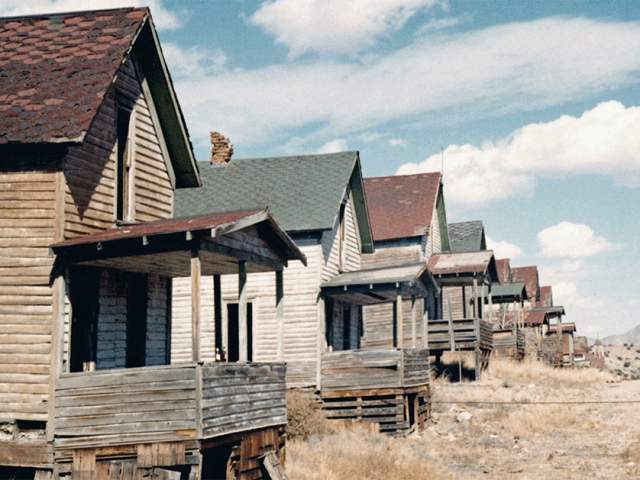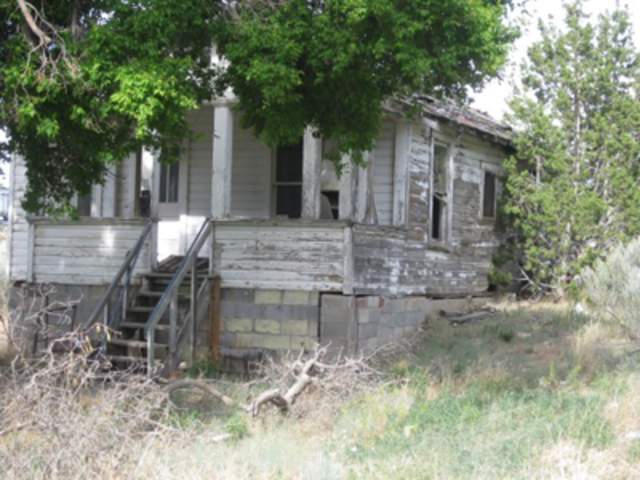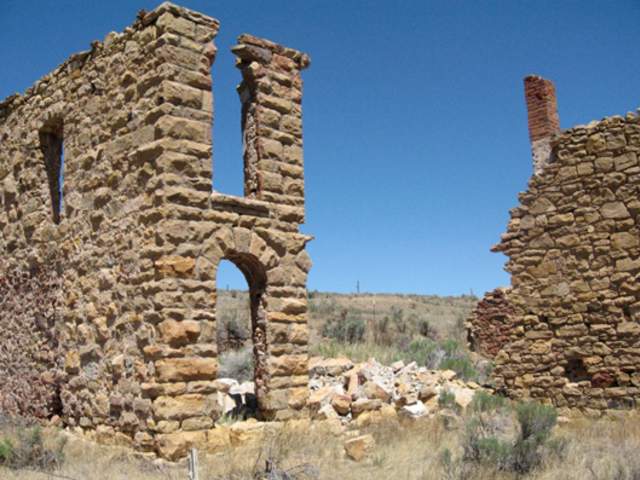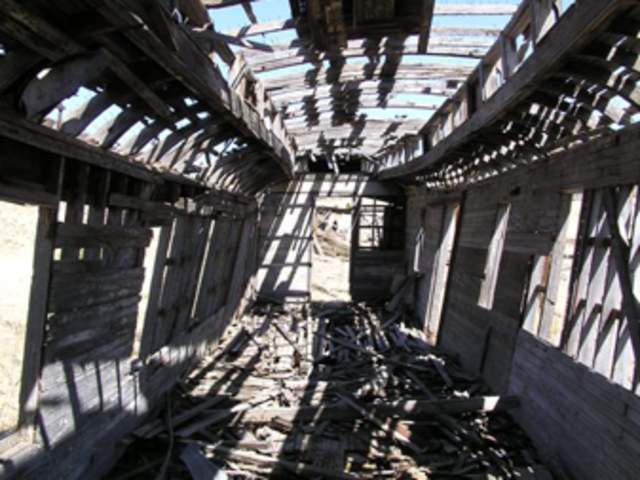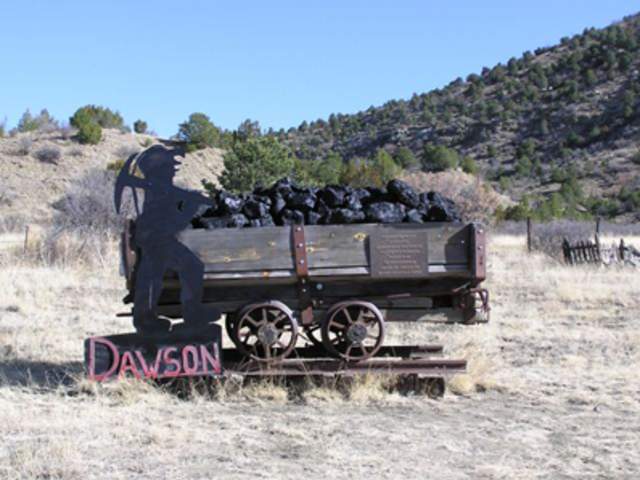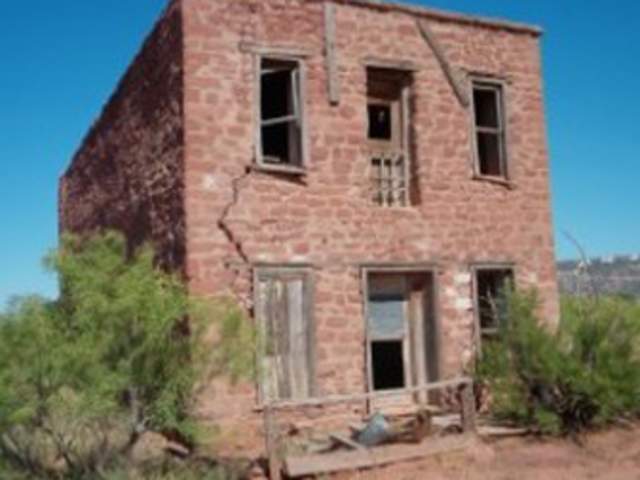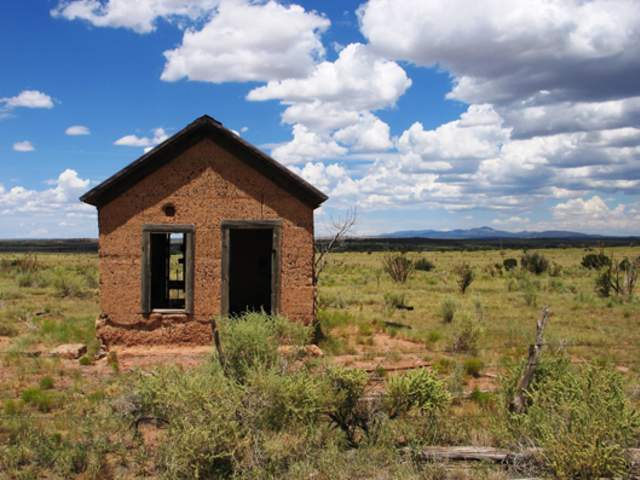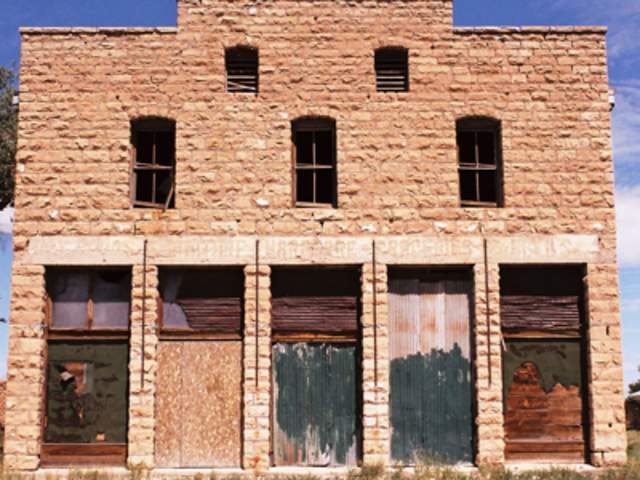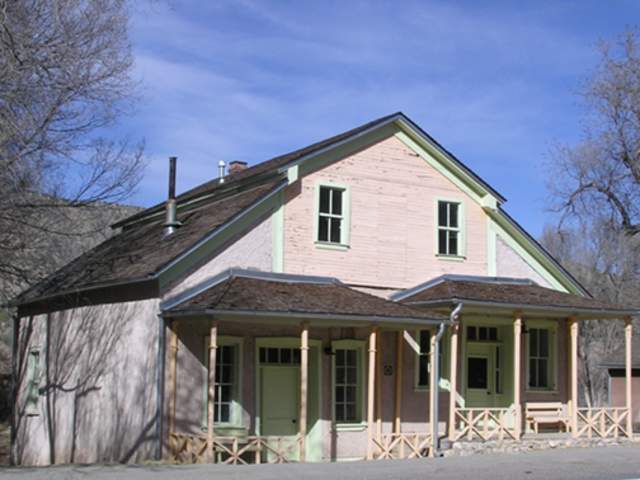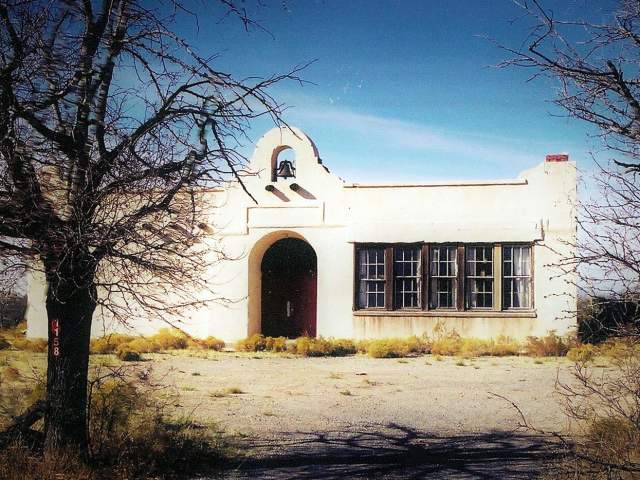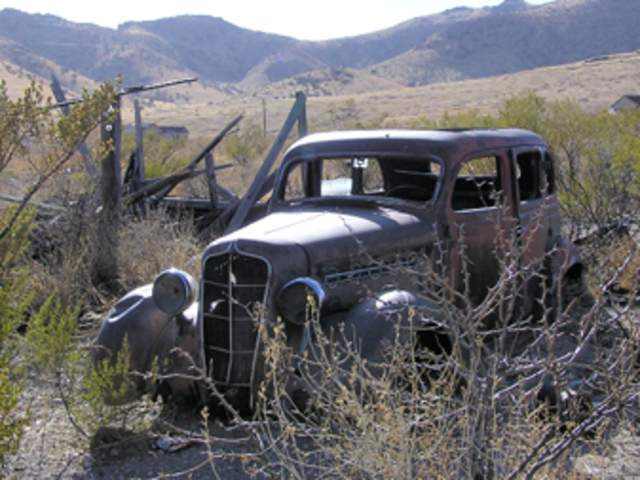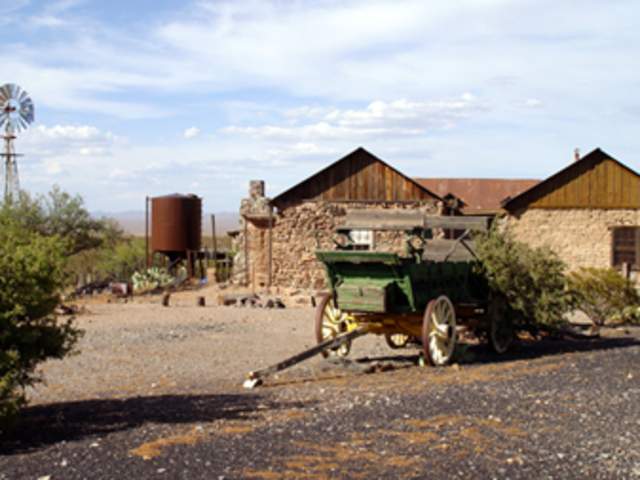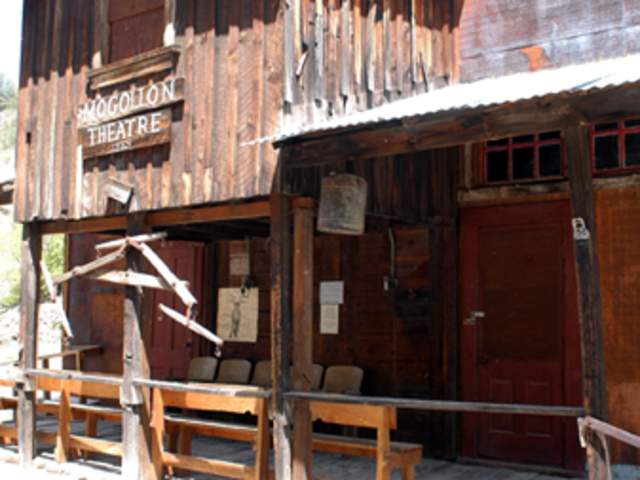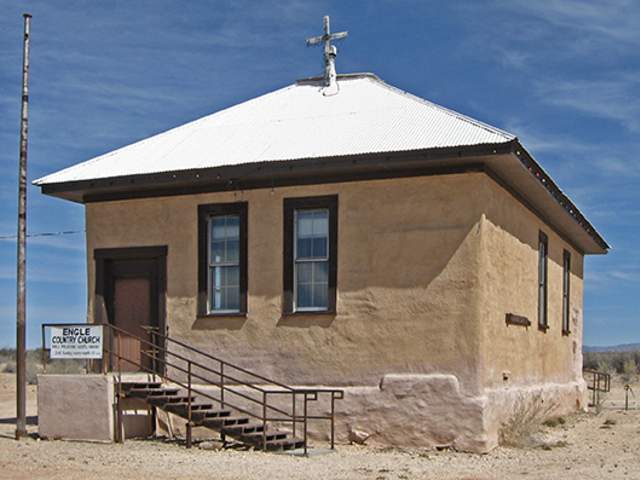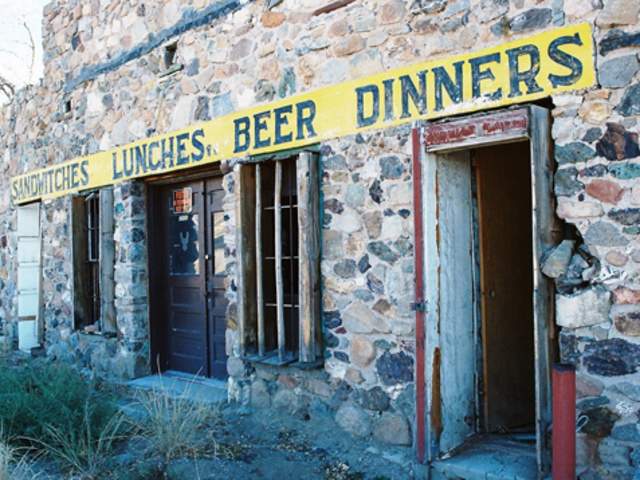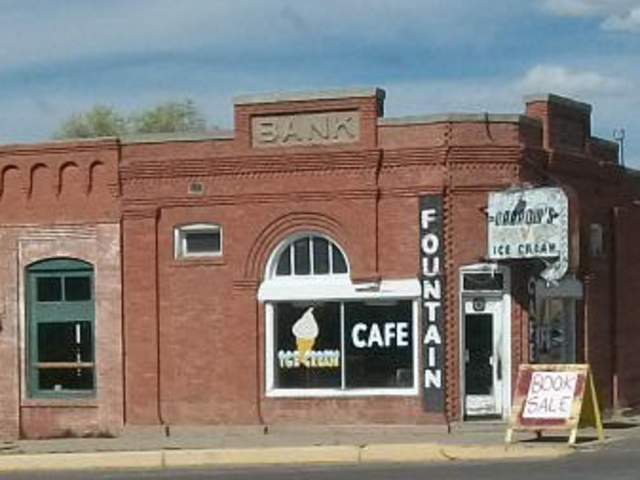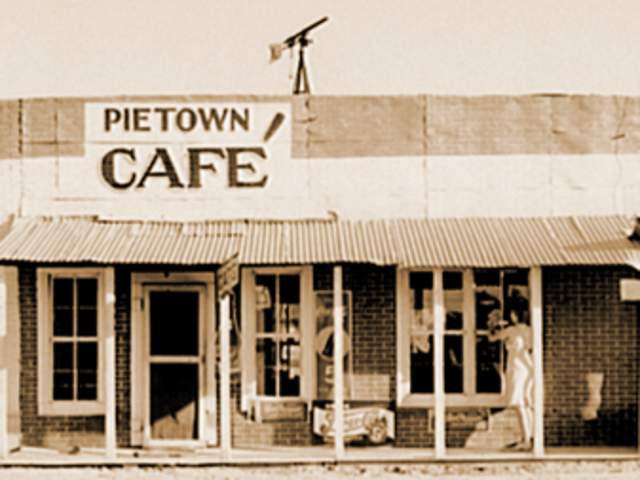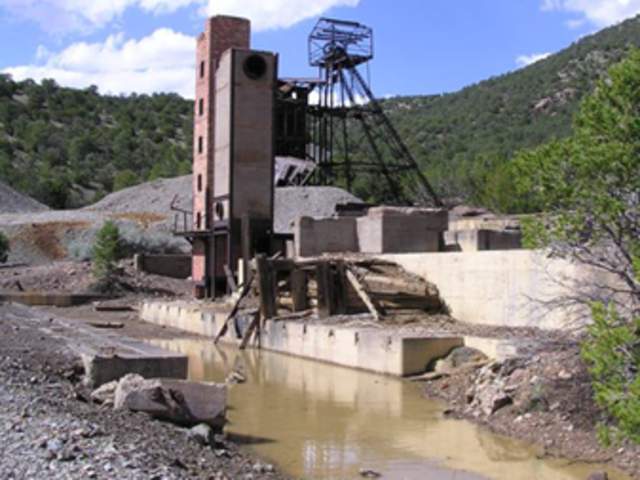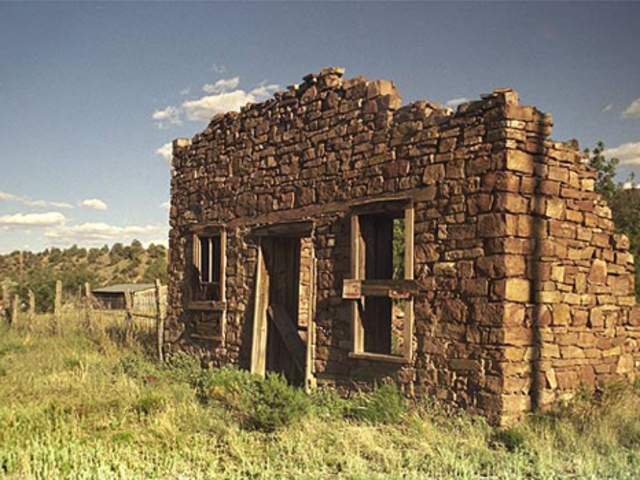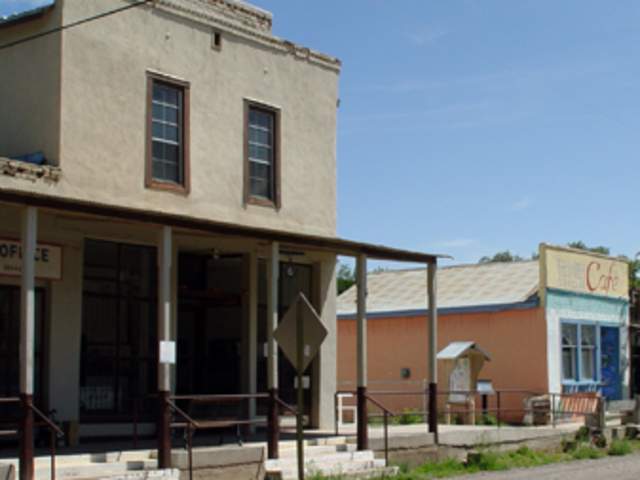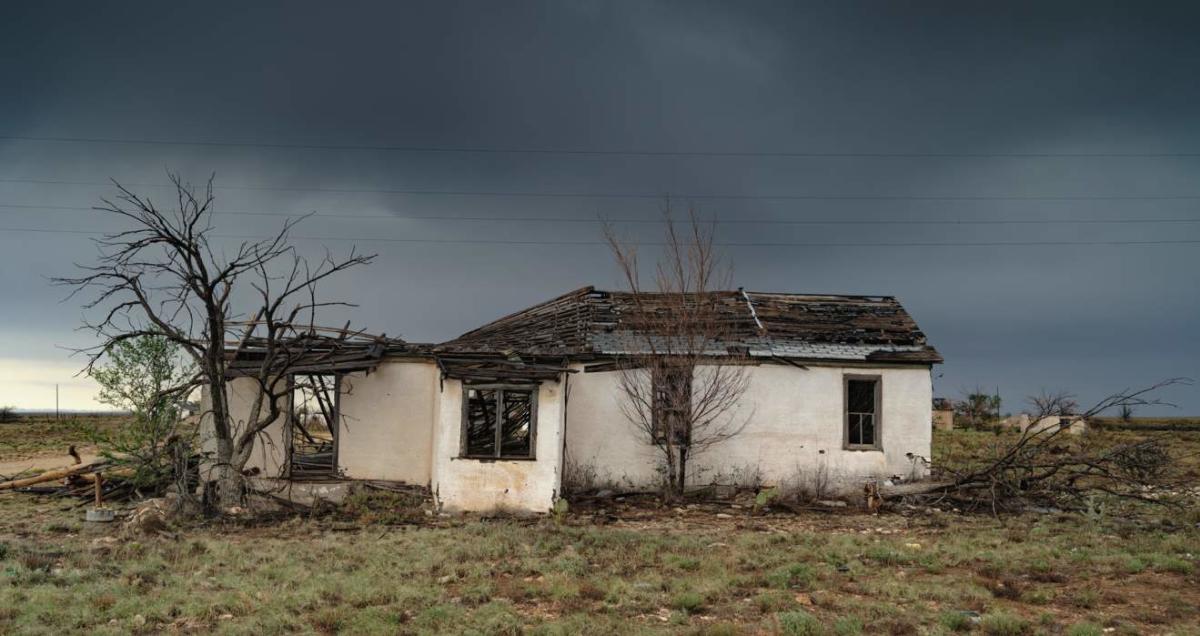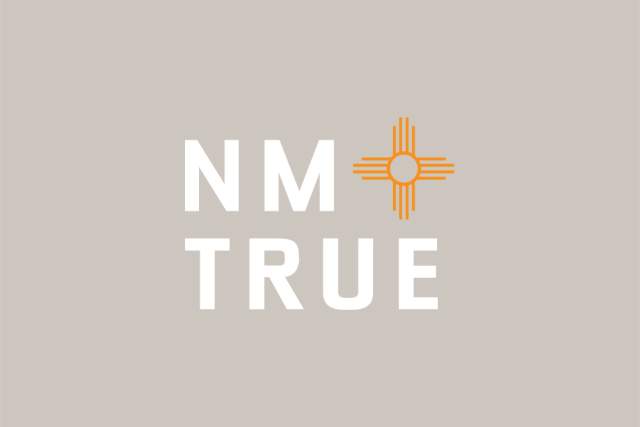New Mexico Ghost Towns
"They are ghost towns now. But in the late 1800s, each had a moment of glory that blazed and died like a sudden flame."
Most were mining towns, where men lusted after the earth’s riches — gold, silver, turquoise, copper, lead and coal. A few were farming communities that flourished for a time and mysteriously fell silent. Literally hundreds of towns not only died, they vanished.
By some estimates, New Mexico is home to more than 400 ghost towns — most are nothing more than a few foundations and some occasional mining equipment.
But traces of many linger on, haunting ties to days that used to be. They molder into oblivion, their shells of buildings like specters against the sky, these towns that witnessed some of America’s most romantic and rapacious history.
And if you listen, you can hear the names of fabled mines whispered on the wind: Bridal Chamber, Confidence, Little Hell, Calamity Jane, Hardscrabble, Mystic Lode, North Homestake, Little Fanny, Spanish Bar. If you look, you can read the names of legendary people written in the dust: Johnny Ringo, Russian Bill, Toppy Johnson, Roy Bean, Butch Cassidy, Madame Varnish, Black Jack Ketchum, Mangas Coloradas, Billy the Kid, James Cooney.
More than a score of these towns have enough life in spite of the ravages of vandals and weather to be interesting to the special breed of human whose eyes light up at the mention of them. Quite a few towns have a number of inhabitants. Please respect their privacy. Many are on private property.
Central Region Ghost Towns
HAGAN (East of I-25, east of San Felipe and west of Madrid guided tours only)
Over 100 adobe structures were built by Adobero Abenicio Salazar of Bernalillo with a team of 100 laborers and 60 masons over a period of three years, in the Pueblo Revival style which was popular at the time.
North Central Region Ghost Towns
CERRILLOS (28 miles south of Santa Fe on State Road 14)
The lore of the Cerrillos hills is rich with legends of mines, being worked there for a thousand years. Turquoise has religious significance to many Indian people, nearby Mount Chalchihuitl is known to have contained a great lode of the precious gemstone and stone tools found there seem to testify to the truth of the legends.
MADRID (30 miles southwest of Santa Fe on State Road 14)
Although Madrid still likes to consider itself a ghost town, it represents a unique example of resurrection. In the 1920s and 30s, Madrid was as famous for its Christmas lights as for its coal, and airlines used to reroute traffic during the holidays to show passengers the sight.
GOLDEN (10 miles south of Madrid & 15 miles north of Tijeras on NM 14)
Golden was inhabited by Native Americans and Spaniards long before American settlers came to the area. However, it began to boom when gold was discovered in 1825. Years before the California and Colorado gold rushes, the site of Golden became the first gold rush west of the Mississippi River.
ELIZABETHTOWN (five miles north of Eagle Nest on State Road 38)
Elizabethtown began in 1866 with the founding of area gold mines and the Mystic Copper Mine. It was New Mexico's first incorporated town.
Northeast Region Ghost Towns
COLFAX (15 miles northeast of Cimarron on US 64)
Colfax may be said to have ridden to prosperity on the coattails of Dawson in the late 1890s, when Dawson mushroomed as a coal boomtown. Dawson is dead and gone, but Colfax, however clings to mortality.
DAWSON (17 miles east of Cimarron on US 64 and A38)
In 1901 the Dawson coal mine opened and a railroad was constructed from Dawson to Tucumcari and the town was born. The Phelps Dodge Company bought the mine in 1906 and increased development.
LOMA PARDA (30 miles, give or take north of Las Vegas)
Loma Parda became the town where soldiers could go for wild nights. Saloons, gambling, dance halls and women of ill repute put Loma Parda on the map; especially if you were a soldier bored with your isolated existence at Fort Union.
MONTOYA (Just west of Tucumcari on Old Route 66)
The town of Montoya, in Quay County, was born as a loading point for the Southern Pacific Railroad in 1902. Primarily serving the cattle ranches of the area, an old store, built of solid stone, carried goods and supplies for the villagers.
Southeast Region Ghost Towns
ANCHO (24 miles north of Carrizozo, Located west of the Lincoln National Forest 2 miles east of U.S. Highway 54.)
With the arrival of the railway in 1901 and the discovery of gypsum and clay, the Ancho Brick Plant was established and began producing bricks.
DURAN (54 miles southwest of Santa Rosa on NM 54)
In February 1902, the El Paso & Northeastern Railroad finished the “Arrow Route,” a stretch of track between El Paso and Santa Rosa, where a connection to Leadbelly’s Rock Island Line awaited. Blas and Espiridón Durán, two brothers, owned wells in central New Mexico which could provide water to railroad work crews. So, the railroad built repair shops and even a wooden roundhouse in what became Duran.
LINCOLN (57 miles west of Roswell and just south of the Lincoln National Forest.)
Lincoln was at the center of the Lincoln County War, 1876-1879, and is the historical home of Billy the Kid. The village holds an annual festival in August featuring an open-air enactment of The Last Escape of Billy the Kid.
Orogrande ( 36 miles south of Alamogordo and 49 miles northeast of El Paso, Texas, on U.S. 54.)
Jarilla Junction, once a station on the El Paso and Northeastern Railroad, was renamed Orogrande when a gold nugget the size of a man's finger was discovered in 1905. Prospecting had started as early as 1879 in the Jarilla Mountains but the 1905 discovery started a gold rush and gave birth to the town of Orogrande.
WHITE OAKS (Three miles north of Carrizozo on US Hwy 54)
Three miles north of Carrizozo on US Hwy 54 is the turn-off to the “ghost town” of White Oaks. White Oaks is not your typical flat-roofed adobe New Mexico historical experience. It's more cowboy/frontier than adobe Disneyland. There were no Conquistadores bringing the word of God to the native population. It was a frontier wild west cattle community right up until gold was discovered... an almost pure vein going down into Baxter Mountain; then everything changed.
Southwest Region Ghost Towns
LAKE VALLEY (17 miles south of Hillsboro on State Road 27)
Lake Valley became an important railhead and prospered until the silver panic of 1893. Two or three houses and a few other buildings remain today.
SHAKESPEARE (3 miles south of Lordsburg)
Now off the beaten track and privately owned, Shakespeare had a tenuous beginning as Mexican Springs in the 1850s as a stop on the Butterfield Overland Stage line. In 1870, prospectors discovered samples of very rich silver ore in the surrounding hills and they went hunting for financing to develop their new mines.
MOGOLLON (9 miles east of Alma on State Road 78)
For nearly 60 years after the great gold strike of 1878, Mogollon had a reputation as one of the most wide-open towns in the West. Butch Cassidy and his crowd were once headquartered there, and gunmen, claim jumpers and gamblers kept things lively. Not even Victorio and Geronimo, nor the troops sent in by the governor, could tame Mogollon.
PINOS ALTOS (8.5 miles north of Silver City)
The town began in 1860 when three frustrated 49ers, Thomas Birch, Colonel Snively and another guy named Hicks, stopped to take a drink in Bear Creek and discovered gold. Word spread like wildfire, soon there were over 700 men prospecting in the area.
ENGLE (17 miles east of Truth or Consequences on NM51)
Engle began in 1879 as a stop on the Atchison Topeka Santa Fe Railroad where it was a crucial shipping point for miners and prospectors and served as a water stop.
ORGAN (14.5 miles NE of Las Cruces)
The once initial mining camp of Organ was officially established as a community back in 1883, though there had been mining activity since the late 1840s. The town's greatest population was around eighteen hundred at the turn of the century.
KINGSTON (26 miles west of I-25 take exit 63 onto NM 152)
Kingston’s history is a tale ripped from the pages of a western novel. Geronimo’s Apache tribe once roamed the rugged and beautiful Gila wilderness, including the lush creek-fed valley where Kingston was founded.
Southwest Region US Route 60
MAGDALENA (28 Miles west of Socorro on US Route 60)
Magdalena was known as the "Trails End" for the railroad/spur line which was built in 1885 from Socorro to Magdalena to transport the cattle, sheep wool, timber and ore.
PIE TOWN (84 Miles west of Socorro on US Route 60)
Pie Town is located along U.S. Highway 60 in Catron County. Its name comes from an early bakery for making dried-apple pies that was established by Clyde Norman in the early 1920s.
KELLY (South of Magdalena off of US 60, ask locally for directions)
The last residents of Kelly departed in 1947, and most of their homes were painstakingly hauled down to Magdalena.
Southwest Region, Mining District Ghost Towns
CHLORIDE (5 miles southwest of Winston off State Road 52)
The history of Chloride reads like the script for a bad western – silver strike, population boom, Apache raids, salvation by the militia, cattle versus sheep, tar and feathering, even bear attacks. An Englishman named Harry Pye was delivering freight for the U.S. Army from Hillsboro to Camp Ojo Caliente in 1879 when he discovered silver in the canyon where Chloride is now located.
HILLSBORO (18 miles west of I-25 take exit 63 onto NM 152)
Hillsboro was founded in April 1877, when two prospectors discovered a series of gold deposits on the east side of the Black Range Mountains along Percha Creek. Dave Stitzel and Daniel Dugan staked out the Opportunity and Ready Pay mines. A tent city quickly filled with over 300 miners, store owners, adventuresome women and children.
MONTICELLO (25 miles NW of Truth or Consequences )
Located along New Mexico Highway 142, Monticello was originally named Canada Alamosa Spanish for "Canyon of the Cottonwoods" and was first settled by ranchers and farmers in 1856. The town was renamed in 1881 by its first postmaster, John Sullivan, of Monticello, N.Y.
HANOVER/FIERRO (8 miles north of Bayard on NM 536)
Mining was mainly Zinc and the big business was the Emerald Zinc mine built during World War I. Copper mining also took place here. Much of the mining shut down for good in the 1970s. Many residences and buildings are scattered throughout the trees and lining the Hanover Creek bed. It is difficult to tell when you have left Hanover and reached Fierro.
Click on the image to download a printable PDF map of the Ghost Towns featured on the Ghost Towns Trail. Note: the map will open in a new window. To download the map right click and save to your computer. The map is 2.5 MB.
Keep in mind some of the towns mentioned on the map and trail are in remote locations. You should always check locally for weather and road conditions before heading out. Some locations will not have cell phone coverage. Finally please note this map is for entertainment purposes, town locations are approximate. Please observe all signage and ask permission before entering private property.
Read more about ghost towns in New Mexico Magazine
Abandoned, barely there, or rebounding with new purpose, towns, hotels, and restaurants all across the state hold secret treasures: the stories of past lives.

